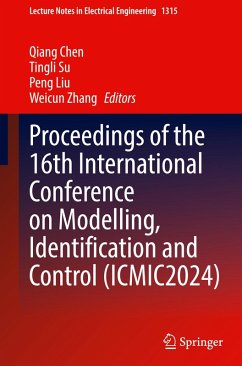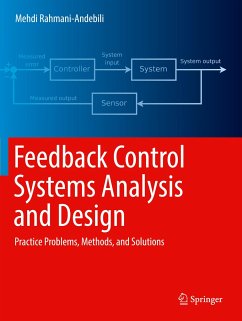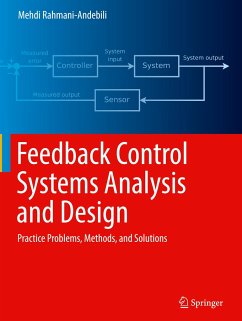
Linear Systems
Theory and Applications

PAYBACK Punkte
33 °P sammeln!
This book is about Linear Systems Theory, one of the most fundamental and important prerequisites necessary to study modern control techniques. Primarily intended for first-year graduate students (and advanced undergraduates) who are interested in the field of control, this book provides both a complete coverage of all standard linear systems concepts. More importantly, it extends these concepts through a smooth transition to the next level of control theory subfields, including nonlinear control, robust control, adaptive control, and stochastic control. The book achieves this by setting itsel...
This book is about Linear Systems Theory, one of the most fundamental and important prerequisites necessary to study modern control techniques. Primarily intended for first-year graduate students (and advanced undergraduates) who are interested in the field of control, this book provides both a complete coverage of all standard linear systems concepts. More importantly, it extends these concepts through a smooth transition to the next level of control theory subfields, including nonlinear control, robust control, adaptive control, and stochastic control. The book achieves this by setting itself apart from many existing linear systems texts in two main ways. First, while many older texts remain influential, their ages also mean less connection to modern real-world applications, especially in rapidly evolving areas like data-driven control and autonomous control. Second, this book emphasizes the mathematical rigor foundational to control theory, offering a more complete understanding than texts that prioritize accessibility over depth. As readers will inevitably encounter such rigor and mathematical thinking while progressing through more advanced education, even in fields outside of controls, an earlier introduction to it is more favorable. This book is organized into four main parts: 1) linear system properties, 2) linear stability, 3) linear control and estimation, and 4) linear optimal control and estimation. The main chapters of this book are focused on presenting the essential ideas and tools needed to understand and apply linear systems, while reviewing all relevant preliminaries in a self-contained manner.












